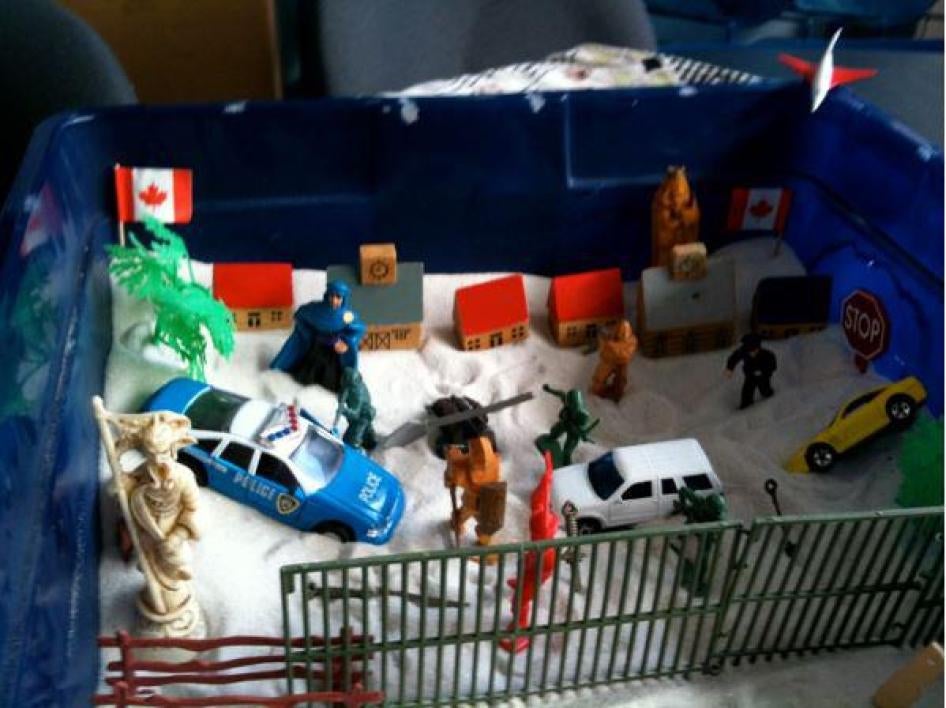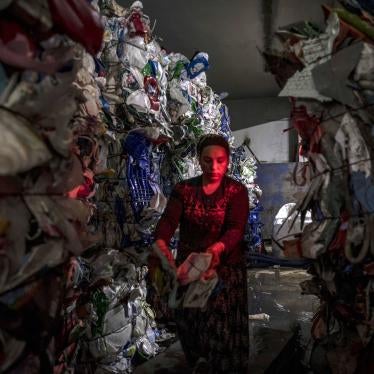Four-year-old Delano was held for more than six months in the Toronto Immigration Holding Centre alongside his mother in 2015. During his time in detention, he became “angry about everything,” his mother said. He did not sleep well, cried during the night, and lost significant weight.
Delano and his mother were only allowed outside for short periods, when he could play on old playground equipment set into a concrete floor and surrounded by concrete walls. “This is no life for a child,” his mother said.
She’s right. A new report by the University of Toronto’s International Human Rights Program found that children in Canadian immigration detention are held in facilities that resemble medium-security prisons, where they receive inadequate education and little opportunity to play. Outside of Ontario and Québec, children are held in even less suitable facilities, sometimes in young offender centres.
Canadian law and policy allow for the immigration detention of children, and set no limit on how long children can be held. Around 242 children were held in Canadian immigration detention each year between 2010 and 2014.
But that figure doesn’t include the many children who stay in detention with their parents in order to avoid being separated from them. Some of these children are Canadian citizens. They do not have to live in detention, but if their parents are held, the only alternative may be placement with a child protection agency. Last year children like this spent around three times as long in detention than those held under formal detention orders.
Even short periods of detention have profound consequences for children. Research shows that children react to immigration detention with “extreme distress,” become aggressive, display separation anxiety, have difficulty sleeping, and suffer loss of appetite. And they continue to experience emotional distress for months after release from detention.
Keeping children apart from their detained parents does not work either, because the emotional toll of family separation is deemed “even more detrimental” than allowing them to stay with their parents.
But there are alternatives to detention and family separation, such as reporting requirements, financial deposits, supervision programs, and – in exceptional circumstances – electronic monitoring of parents.
These programs should be used far more widely and routinely than they are. They have high compliance rates and cost the state much less than detention.
Canada’s federal government and the Canada Border Services Agency have indicated their willingness to reform the immigration detention system.
They should now move quickly to ensure that children and families with children are not detained solely because of their immigration status.











